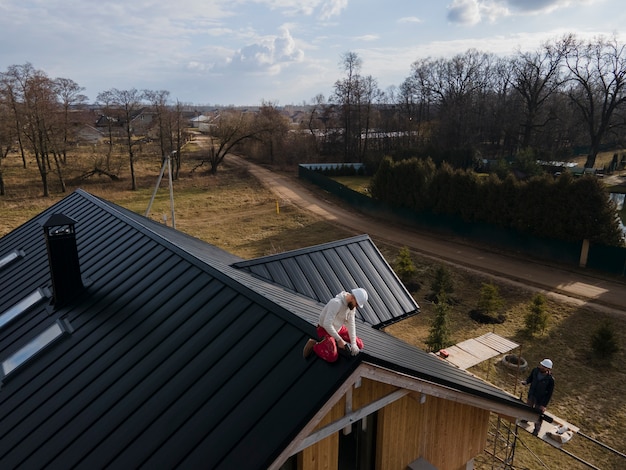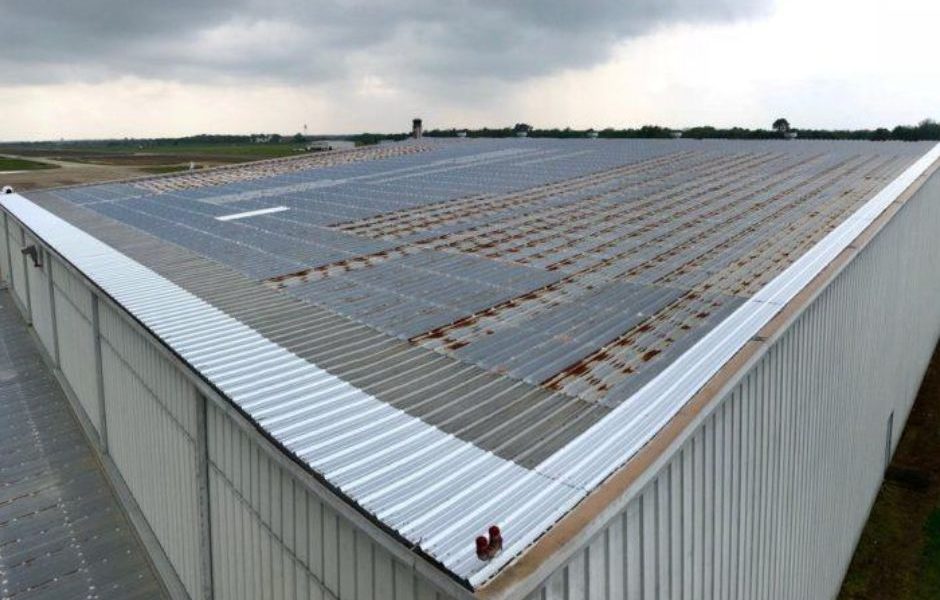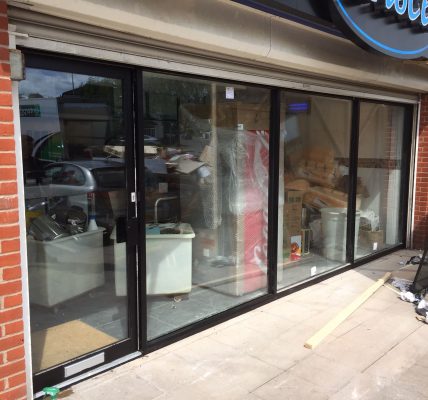Metal roofing has become increasingly popular in Texas due to its durability, energy efficiency, and aesthetic appeal. For contractors looking to excel in the installation of metal roofing, it’s crucial to understand the best practices and techniques involved. From selecting the right materials to implementing proper installation methods, this guide will provide comprehensive insights into mastering metal roofing in Texas, ensuring quality workmanship and customer satisfaction.
Understanding Metal Roofing Materials
Before beginning any roofing project, contractors must familiarize themselves with the various types of metal roofing materials available. Each material offers unique advantages and considerations, so understanding their properties is essential for selecting the right option for each project.
- Steel Roofing: Affordable and durable, steel roofing is a popular choice for both residential and commercial applications. Contractors should consider factors such as gauge thickness and coatings when selecting steel roofing materials.
- Aluminum Roofing: Lightweight and resistant to corrosion, aluminum roofing is ideal for coastal areas and environments with high humidity. Contractors must ensure proper installation techniques to prevent galvanic corrosion.
- Copper Roofing: Coveted for its beauty and longevity, copper roofing offers unmatched durability and aesthetic appeal. Contractors should be familiar with the unique installation requirements and techniques associated with working with copper.
- Zinc Roofing: Durable, sustainable, and versatile, zinc roofing is gaining popularity for its natural patina and low maintenance requirements. Contractors should follow manufacturer guidelines for handling and installing zinc roofing panels.
Preparing the Roof Surface
Proper preparation of the roof surface is crucial for ensuring the longevity and performance of a metal roofing system. Contractors should follow these best practices when preparing the roof surface for installation:
- Remove existing roofing materials and inspect the underlying structure for damage or deterioration.
- Repair any damaged sections of the roof deck and ensure proper ventilation to prevent moisture buildup.
- Install underlayment and waterproofing membrane to provide an additional layer of protection against water infiltration.
- Check for proper slope and drainage to prevent standing water and minimize the risk of leaks.

Metal Roofing Installation Techniques
The installation process significantly impacts the performance and durability of a metal roofing system. Contractors should adhere to industry best practices and manufacturer guidelines when installing metal roofing panels. Key installation techniques include:
- Start by laying the first metal roofing panel at the eave edge, ensuring proper alignment and overhang.
- Use appropriate fasteners and installation methods recommended by the manufacturer to secure the panels to the roof deck.
- Pay attention to flashing details around roof penetrations, valleys, and edges to prevent water intrusion and ensure a watertight seal.
- Properly seal all seams, joints, and penetrations using high-quality sealants and flashing materials to enhance weather resistance and prevent leaks.
Safety Considerations and Compliance
Safety should always be a top priority when working on roofing projects. Contractors must adhere to safety regulations and guidelines to protect themselves and their crew members from accidents and injuries. Essential safety considerations include:
- Provide adequate fall protection systems, such as harnesses, guardrails, or safety nets, when working at heights.
- Ensure proper training and supervision for all crew members involved in the installation process.
- Use appropriate personal protective equipment (PPE), including gloves, eye protection, and non-slip footwear, to prevent injuries.
- Follow local building codes and regulations regarding roof access, ladder safety, and equipment usage to maintain compliance and minimize liability risks.
Environmental Considerations and Sustainability
As environmental consciousness grows, contractors must consider the environmental impact of metal roofing materials and installation practices. Key considerations include:
- Recyclability: Metal roofing materials are highly recyclable, reducing the environmental footprint of roofing projects.
- Energy Efficiency: Metal roofing reflects solar radiation, reducing heat absorption and energy consumption for cooling, contributing to overall energy efficiency.
- Sustainable Practices: Choose suppliers and manufacturers committed to sustainable sourcing, production, and recycling practices to minimize environmental impact.

Quality Control and Inspection Protocols
Ensuring the quality and integrity of a metal roofing installation is essential for long-term performance and customer satisfaction. Implementing rigorous quality control and inspection protocols can help contractors achieve consistent results:
- Pre-Installation Inspection: Thoroughly inspect materials and roof surfaces before installation to identify any defects or potential issues.
- In-Process Checks: Conduct regular checks throughout the installation process to verify proper alignment, fastening, and sealing of metal roofing components.
- Post-Installation Assessment: Perform a comprehensive inspection upon completion of the installation to confirm that all work meets industry standards and customer expectations.
Maintenance and Care Guidelines for Homeowners
Educating homeowners on proper maintenance and care practices is crucial for maximizing the lifespan and performance of their metal roofing system. Provide homeowners with practical guidelines and recommendations for maintaining their metal roof:
- Regular Inspections: Encourage homeowners to inspect their metal roof regularly for signs of damage or wear and tear.
- Cleaning and Maintenance: Advise homeowners on proper cleaning techniques and maintenance procedures to ensure optimal performance and longevity.
- Professional Maintenance Services: Recommend periodic professional maintenance services to assess the condition of the roof and perform necessary repairs.

Conclusion
Mastering metal roofing requires expertise, attention to detail, and adherence to best practices. By partnering with a reputable metal roof company and understanding metal roofing materials, contractors can ensure quality installations that exceed customer expectations. From preparation to installation, safety to sustainability, implementing these best practices is essential for success in the industry. As demand for metal roofing continues to grow in Texas, contractors who prioritize quality craftsmanship and customer satisfaction will position themselves as leaders in the field.





